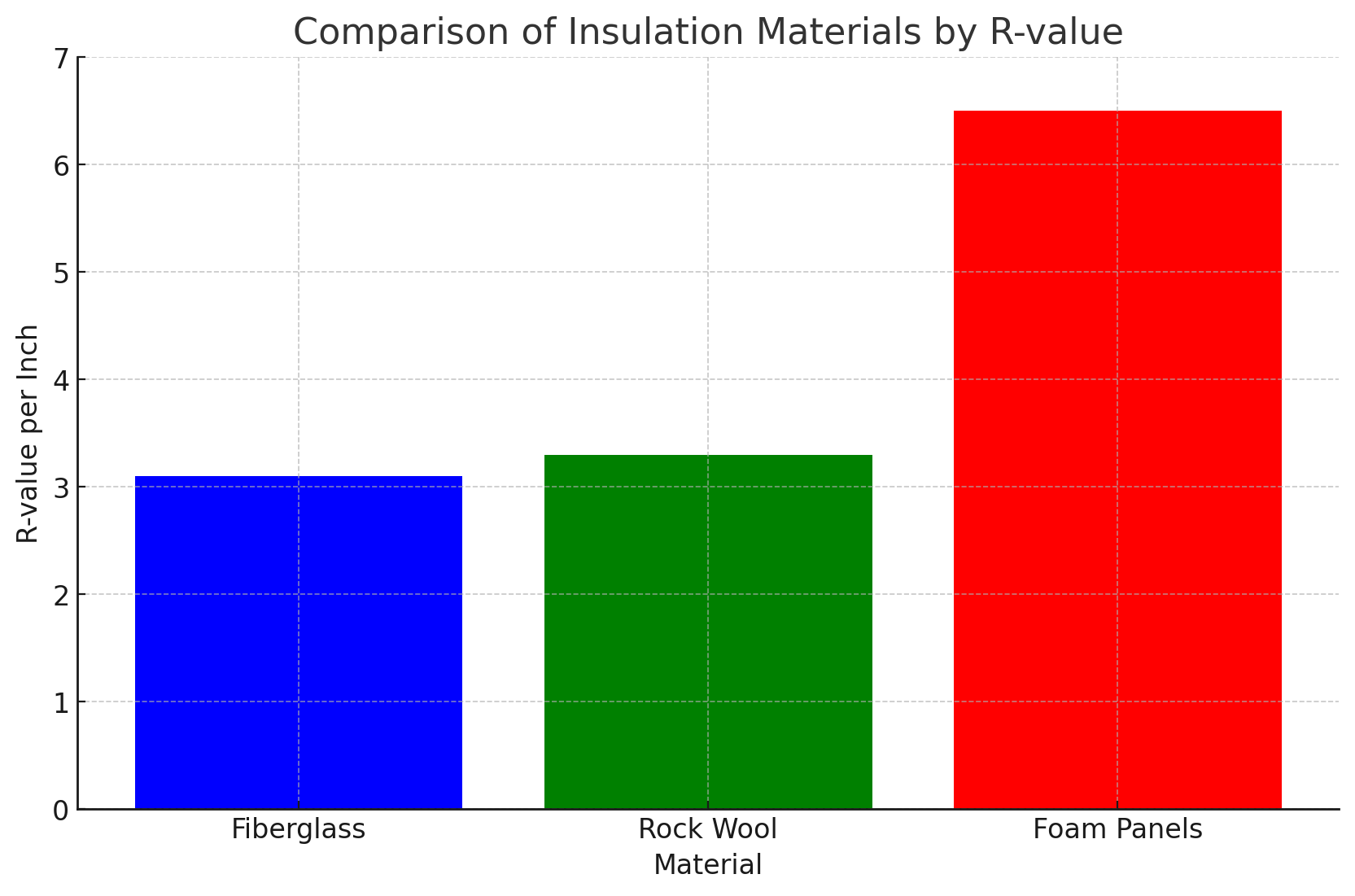
Ensuring effective insulation and heat retention is paramount for sauna efficiency. It significantly reduces energy consumption and enhances the overall sauna experience. This article delves into the best practices for maximizing your sauna's energy efficiency through proper insulation and heat retention techniques.
Key Takeaways
| Aspect | Detail |
|---|---|
| Importance of Insulation | Reduces heat loss, saving energy and costs. |
| Material Choices | Use materials with high insulation values like fiberglass or rock wool. |
| Heat Retention Strategies | Install proper door seals and thermal barriers. |
| Ventilation | Balance insulation with adequate ventilation to maintain air quality without compromising heat retention. |
| DIY Tips | Consider DIY insulation projects to enhance sauna efficiency. |
Insulation acts as a barrier to heat flow, essential in maintaining your sauna's internal temperature. Effective insulation minimizes the energy required to heat the space, leading to cost savings and environmental benefits. Heat retention, on the other hand, ensures that once your sauna reaches the desired temperature, it remains there with minimal energy input.
Selecting the right insulation material is crucial. Options like fiberglass, rock wool, and foam insulation panels offer excellent thermal resistance. The choice of material can also affect the sauna's ambiance and health benefits, making it important to consider options that do not off-gas or degrade at high temperatures.
For those interested in the specifics of sauna construction materials, exploring the best woods for home saunas provides valuable insights into how material choices impact insulation and overall sauna experience.
Proper installation is key to maximizing insulation benefits. This includes sealing gaps and ensuring a continuous insulation layer around the sauna. Pay special attention to the door, as it is a common area for heat loss. Using insulated sauna doors or adding weather stripping can make a significant difference.
For guidance on installing sauna insulation and creating an efficient layout, the DIY home sauna projects section offers practical advice and innovative solutions.
Beyond insulation, several strategies can improve heat retention:
Discovering more about design ideas for home saunas can inspire efficient layouts that naturally enhance heat retention.
While insulation is crucial for heat retention, proper ventilation is also necessary to ensure air quality and prevent overheating. A well-designed sauna will balance these needs, using vents and air exchanges to maintain a comfortable and safe environment.
For more detailed guidance on achieving this balance, the section on home sauna ventilation offers expert advice on integrating effective ventilation into your sauna design without compromising insulation.
Regular maintenance can help sustain optimal insulation and heat retention over time. This includes checking for and repairing any gaps or degradation in insulation materials. Upgrading insulation and exploring new materials can also be a cost-effective way to enhance sauna efficiency.
For tips on maintaining and upgrading your sauna, home sauna maintenance and care provides a comprehensive overview of keeping your sauna at peak performance.

Effective insulation and heat retention are foundational to an energy-efficient and enjoyable sauna experience. By choosing the right materials, employing proper installation techniques, and maintaining a balance between insulation and ventilation, you can significantly enhance your sauna's performance while minimizing its environmental impact.
For those embarking on a sauna project, considering energy efficiency and home saunas will provide a deeper understanding of how to integrate these principles into your design for the most benefit.
Related Articles